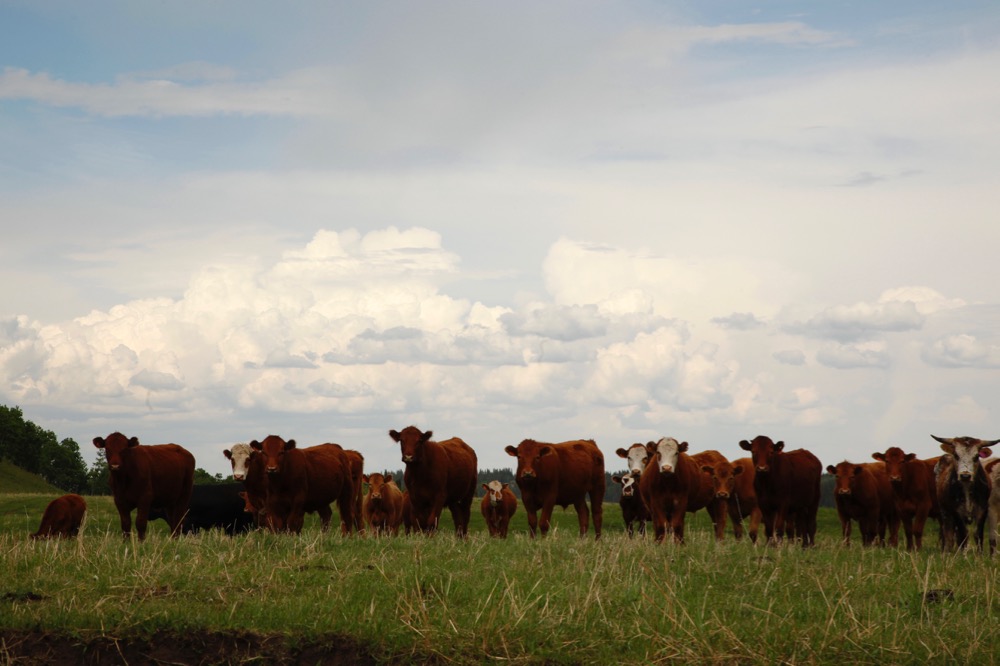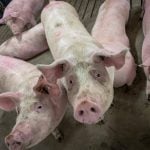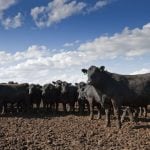It maybe wasn’t the best year to showcase grazing corn – or
any corn for that matter, but even with only an estimated eight ton yield per
acre, central Alberta rancher Ian Murray, says a demonstration field of forage
corn will still provide several weeks of grazing for his cattle this winter.
Murray, (pictured) who farms north of Acme, about an hour north of
Calgary, told about 30 producers participating in a Foothills Forage and
Read Also
Some perspectives of what’s in store for 2022
By Lee Hart Between COVID-19, supply-chain disruptions and now the conflict in the Ukraine it seems like any calm or…
around the corn and then use a hot-wire across the field to limit feed the
stand this fall and winter. It is the first year the long time advocate of
year-round grazing systems has grown corn.


Working with Pickseed, Murray grew a couple different
(pictured) is a 2075 heat unit variety, while Pickseed 2501 RR is a 2250 heat
unit variety. Total cost of the corn seeding (seed, fertilizer and herbicide)
was about $173 per acre.
The corn was seeded May 12, with an Archer corn planter. He
applied 100 pounds each of nitrogen and phosphorous, according to soil test
recommendations. And because of wet conditions, he was only able to make one
application of glyphosate during the growing season. And it showed.
Cool and wet growing conditions, for a crop that needs heat,
and a heavy second flush of weeds for a crop that doesn’t do well with
½ ‘ stand of corn. And then to add injury to insult, an early frost had stopped
maturity of the kernels at the milky stage, when ideally they should be at the
dough stage.
But, as Pickseed representative Kevin Shaw pointed out,
producers shouldn’t judge any crop by a single very good or not-so-good year.
Although the Murray demonstration field hadn’t achieved its full potential,
mostly because of the adverse growing conditions, Shaw says it is still a
valuable feed source for cattle.
(See more about grazing corn in the October issues of Grainews).
-30-












